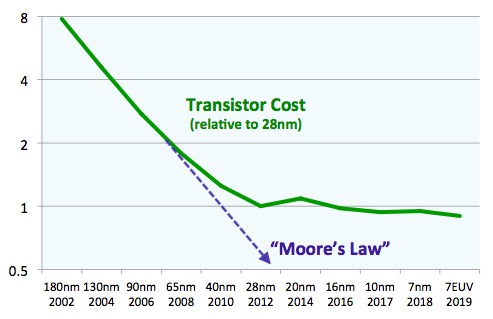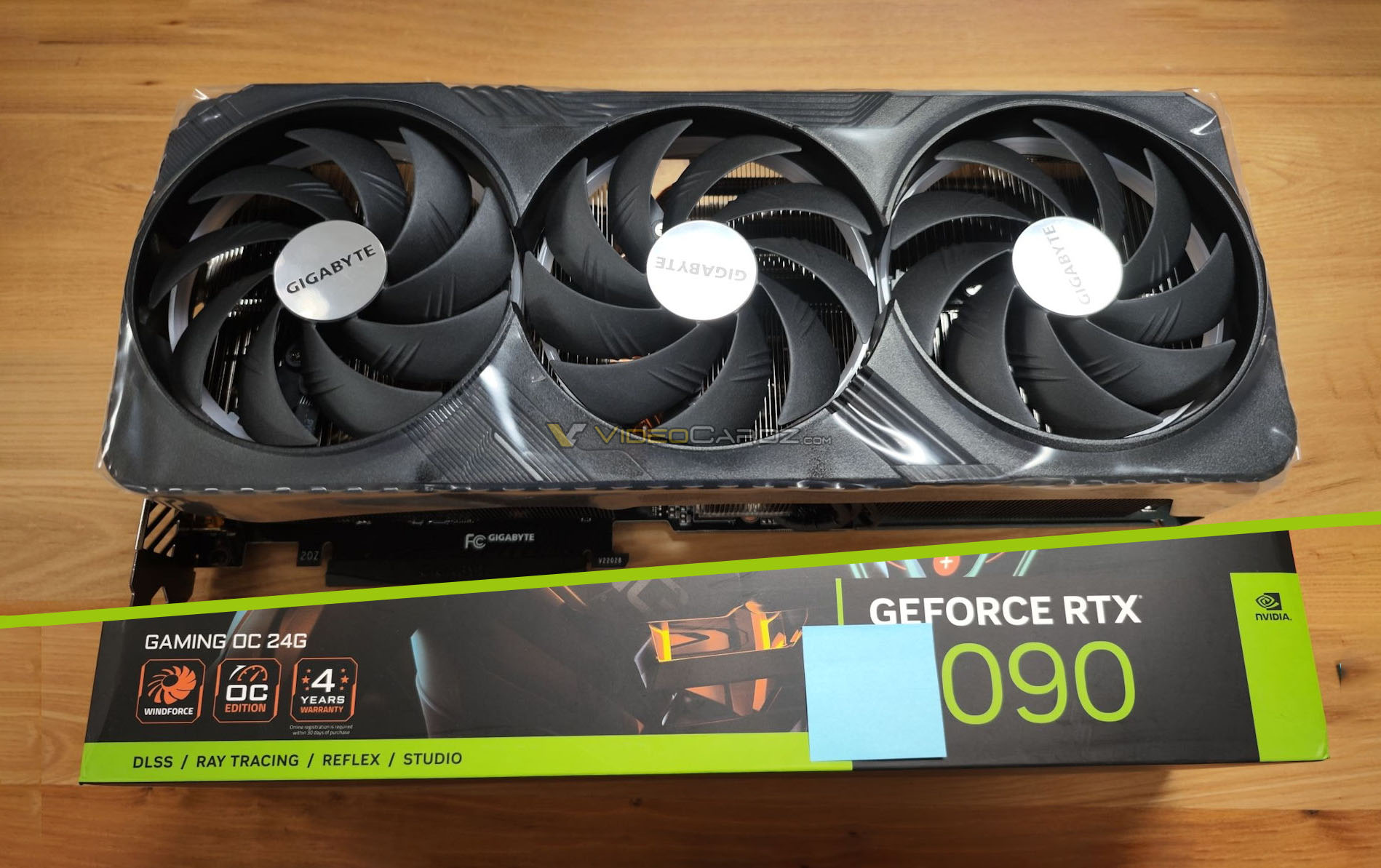Heartbreaker
Diamond Member
- Apr 3, 2006
- 5,229
- 6,855
- 136
I don't think AMD has as much inventory. AMD just announced price cuts across the board. A 6800XT is now $599 and 6900XT is $699.
AMD’s GPU prices are dropping even below list
AMD is going to lower the list price of its Radeon RX 6000-Series GPUs, and the announcement couldn't have come at a better time.www.digitaltrends.com
Read the fine print on the slide. That isn't AMD announcing a price cut, it's them reporting the street prices they found.
Also, you do know that supply and demand would indicate someone selling under MSRP, has excess supply.





